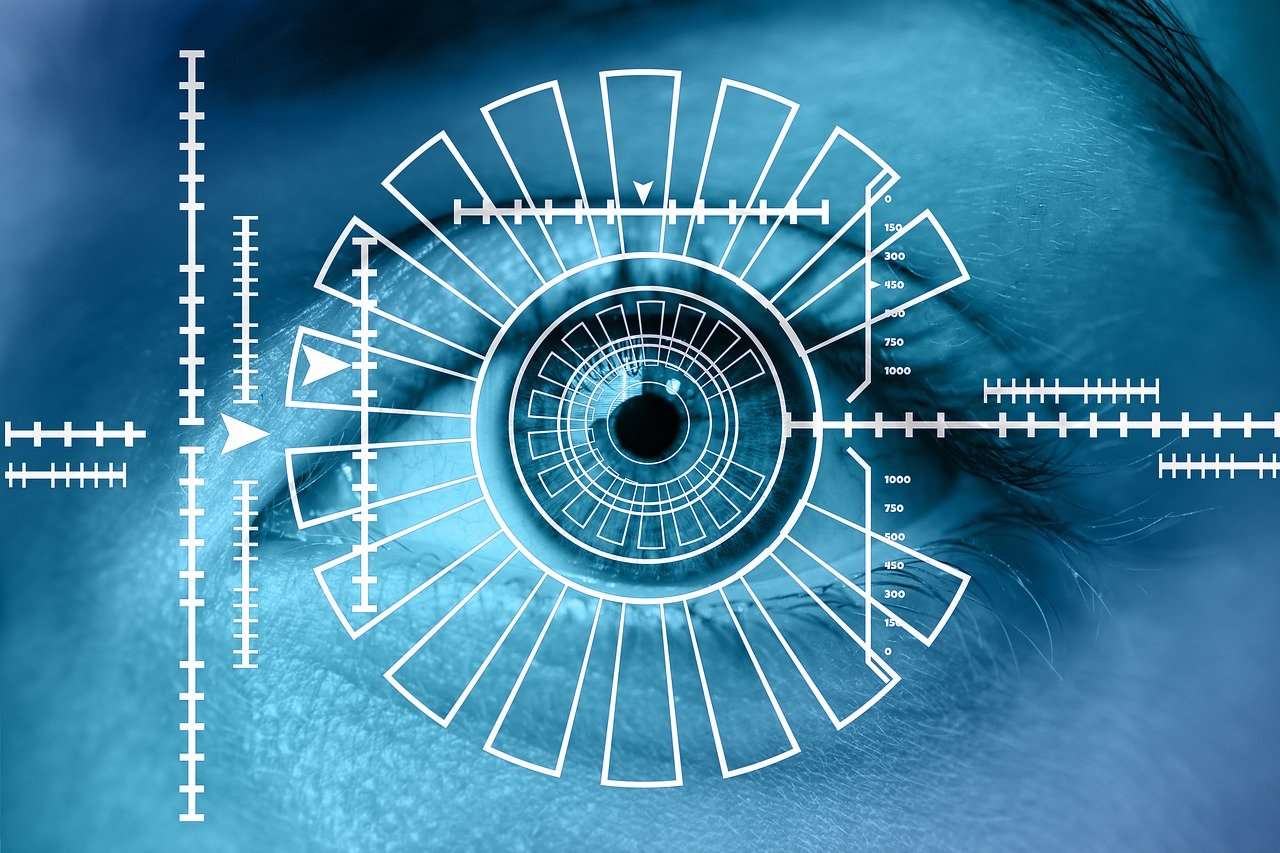This post is also available in:
 עברית (Hebrew)
עברית (Hebrew)
Researchers at The University of New South Wales in Australia are working on a device to be implanted in the eye’s retina and restore sight using solar panels.
This innovative practice is called neuroprosthesis – a new field of prosthetics that instead of replacing a missing or non-functional body part, the prosthetic device interacts with the neural system to restore lost functionality. A good example is cochlear implants, which convert sound into electric signals that restore hearing by stimulating the auditory nerve.
The engineers from UNSW claim a similar approach could be used for vision loss. Engineer Udo Roemer explains that people with certain diseases can slowly lose their eyesight as photoreceptors (cells that detect light and color) at the center of the eye degenerate. Since the photoreceptors are damaged, the prosthesis must bypass them, convert light entering the eye into electric signals, and send them directly to the optic nerve.
Researchers tried using electrodes that create a voltage pulse instead of building new photoreceptor cells, and while the method works in principle, the system needs wires that go into the eye, which would be a complicated procedure. The solution they reached was using a tiny solar panel attached to the eyeball that converts incoming light into an electrical impulse sent to the brain.
According to Interesting Engineering, the major advantage of using solar panels instead of electrodes is that the device can be wireless and self-powered. While solar panels are typically made of silicon, Roemer decided to use other semiconductor materials (like gallium arsenide and gallium indium phosphide) to develop the solar panels, which are more expensive but easier to work with and diversify according to the specific need.
Though this invention is still only proof-of-concept, the researchers reportedly managed to successfully stack two solar cells covering one square centimeter, which they intend to keep minimizing. To be ready for implantation, the device must cover an area of two square millimeters.
Roemer added that users might wear special glasses or goggles that amplify sunlight to an intensity that can stimulate neurons in the eye.


























